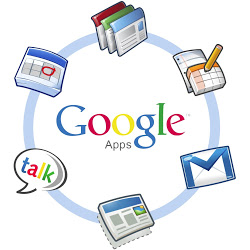On the last ABC radio spot we looked at how our data is being tracked, in the following 702 Sydney program with Linda Mottram we looked at the role of Internet cookies and online privacy.
Cookies – tiny text files that store visitors’ details on websites – have long been the mainstay of online commerce as they track the behaviour of web surfers.
For media companies, Cookies have become a key way of identifying and understanding their readers making these web tracking tools an essential part of an already revenue challenged online news model.
Cookies also present security and privacy risks as, like all Big Data, the information held within them can be cross-referenced with other sources to create a picture of and often identify an internet users.
These online data crumbs often follow us around the web as advertising platforms and other services, particularly social media sites, monitor our behaviour and the European Union’s Directive on Privacy and Electronic Communications is the first step by regulators to crack down on the use of cookies.
Similar moves are afoot in the US as regulators start to formulate rules around the use of Cookies, in an Australian context, the National Privacy Principles apply however they are of limited protection as most cookies are not considered to be ‘identifiable data’, the same get out used by US government agencies to monitor citizens’ communications.
Generally these rules promise to be so cumbersome for online services Google is looking at getting rid of cookies altogether .
Ditching cookies gives Google a great deal of power with its existing ways of tracking users and ties into Eric Scmidt’s stated aim of making the company’s Google Plus service an identity service that verifies we are who we say we are online.
Whether Google does succeed in becoming the web’s definitive identity service remains to be seen, we are though in a time where the questions of what is acceptable in tracking our online behaviour are being examined.
For the media companies and advertising, putting the control of online analytics in the hands of one or two companies may also add another level of middle man in a market where margins are already thin if not non-existent.
It may well be that we look back on the time when we were worried about internet cookies tracking us as being a more innocent time.




